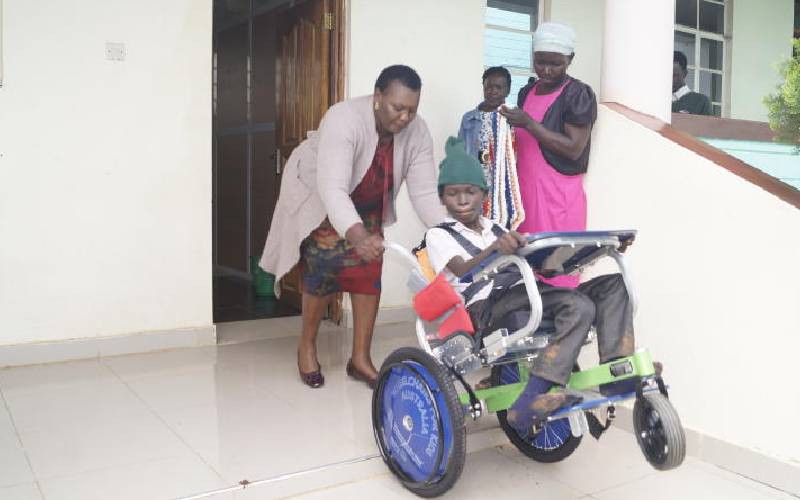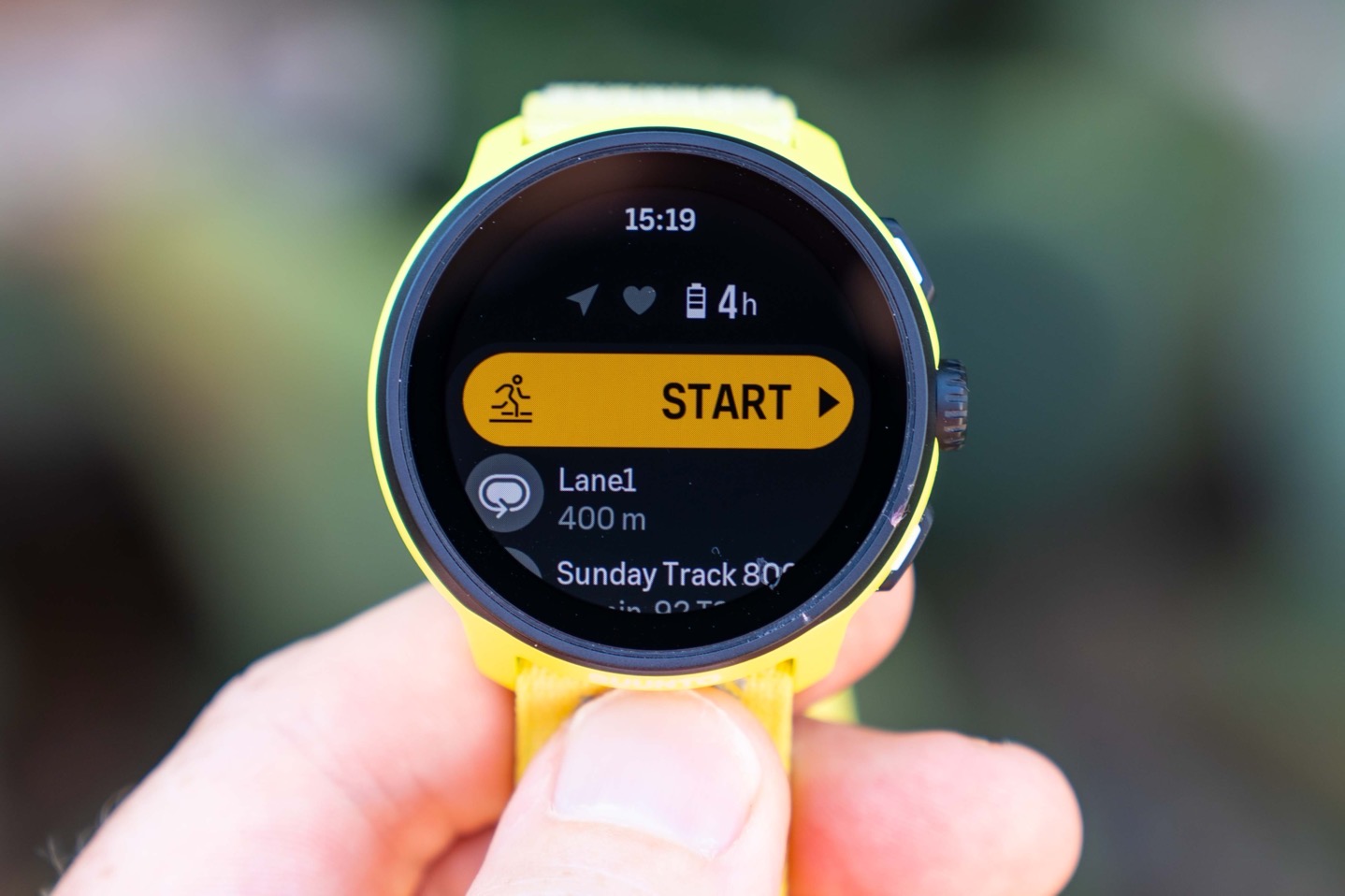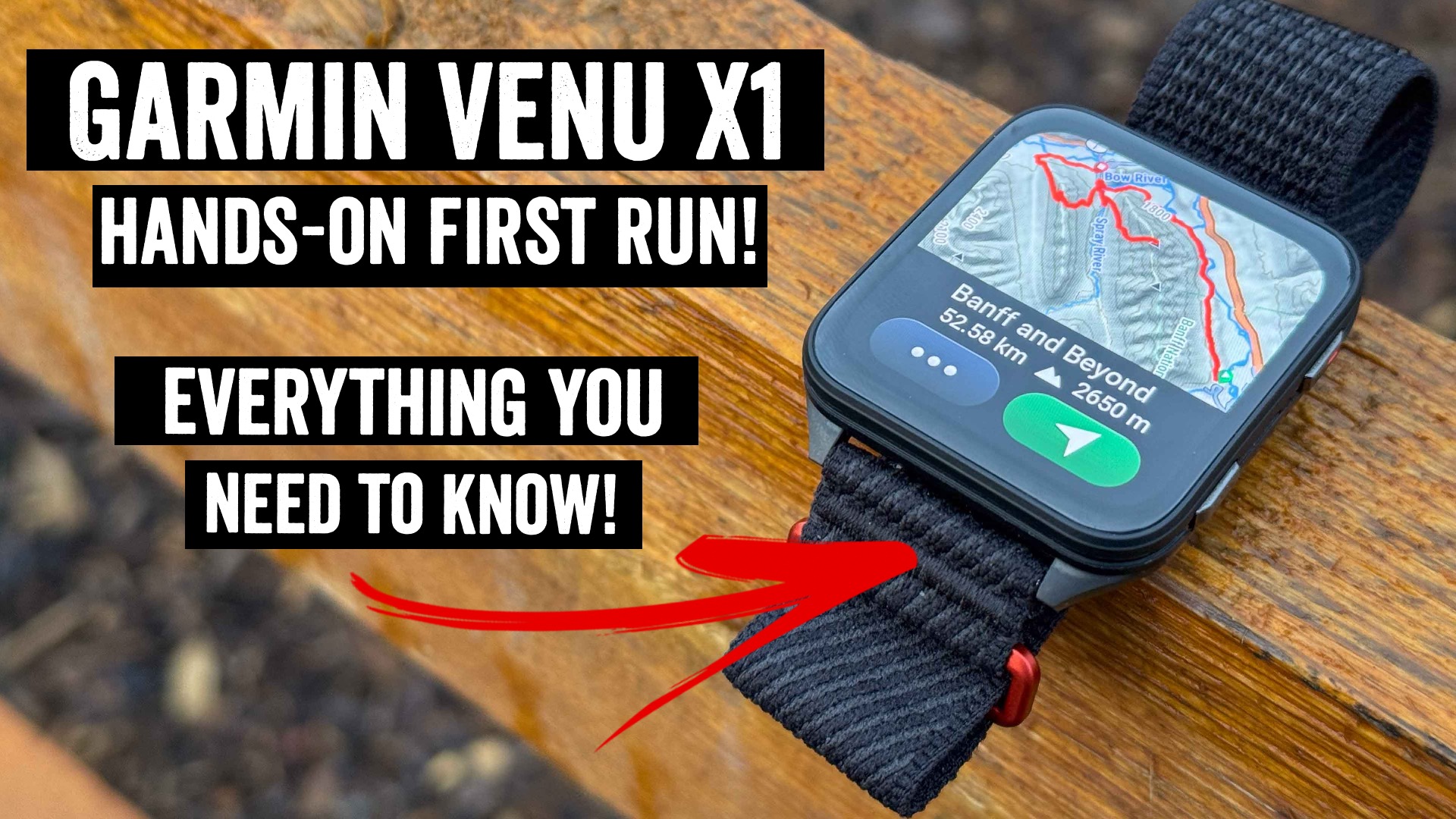Garmin Index Sleep Monitor In-Depth Review: Worth it? | DC Rainmaker

Garmin has a long history of developing sometimes niche products, often at double-take prices. This is one of those products. I’ll save you a bunch of reading and tell you straight-up at the beginning of this review, that while I wouldn’t be a purchaser of this product (because I wear a watch – or two – while sleeping already), the hardware engineering of it is astoundingly good. In fact, it’s far better than Garmin’s marketing efforts and computer imagery would lead you to believe initially.
The Garmin Index Sleep Monitor is conceptually a simple product: It negates the need to wear a watch to get sleep data – things like sleep time, breathing disturbances, blood oxygen levels, and more. While it’s primarily designed for existing Garmin watch customers, you don’t need a Garmin watch at all to use it. It can be used without any other Garmin device. But if you have a capable watch, then it backfills all of the data you need for more advanced metrics like Training Readiness, Body Battery, and more.
More notably, though, while this aptly-named sleep product is designed only for capturing sleep data, it can very likely be seen as a trial run platform for a more 24×7 product, akin to a Whoop or similar band. For now though, this is all about sleep.
With that, let’s dive into it.
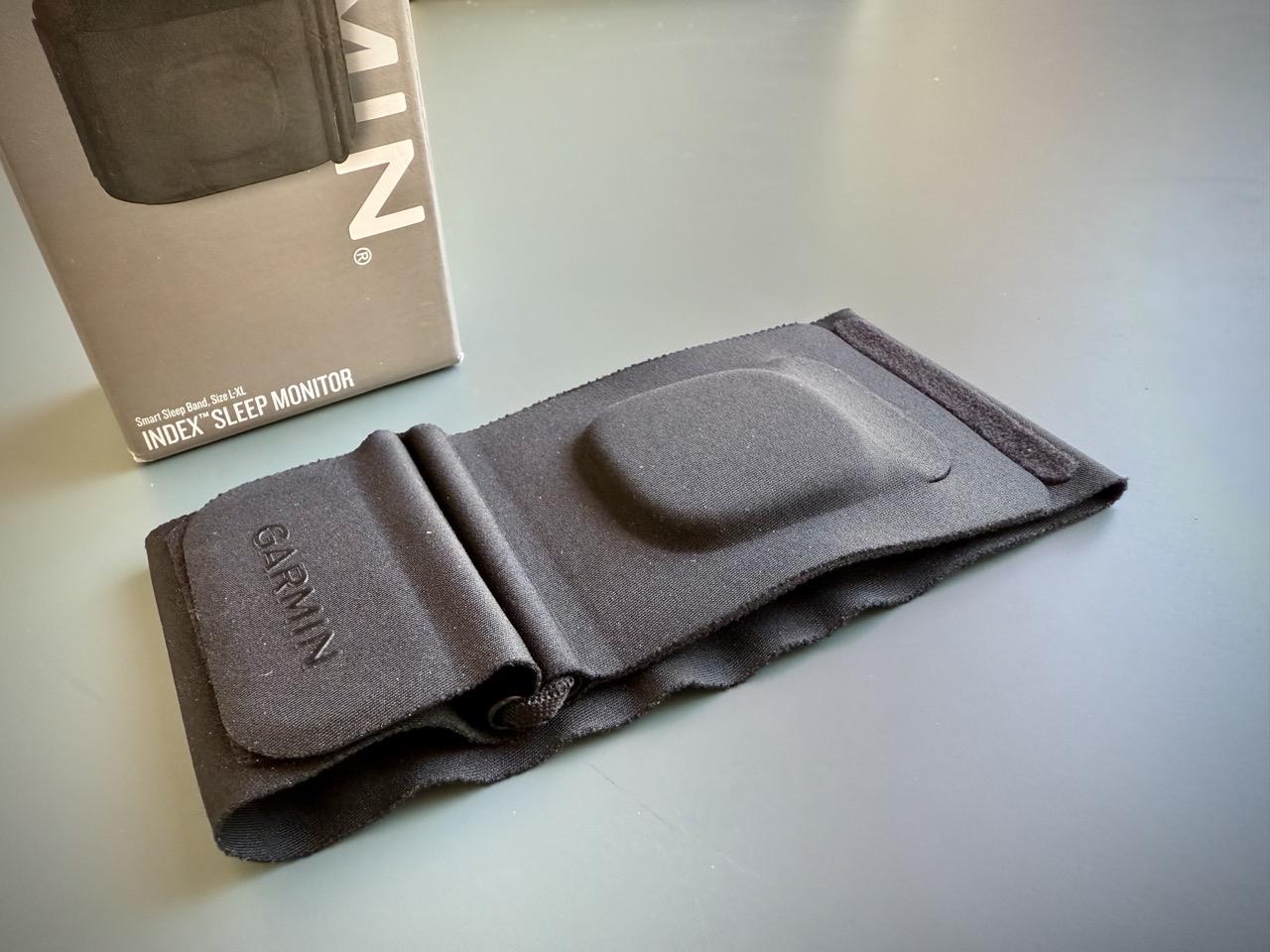
The Index Sleep monitor is simply designed to record all of your sleep metrics, and then backfill that data to your Garmin account when you wake up. The target purchaser here is squarely existing Garmin customers who own a watch, but don’t like wearing a watch to bed. This ‘fixes’ the problem where no sleep data impacts many of the Garmin metrics, especially training metrics.
Without knowing how much you sleep each night, Garmin’s devices can’t figure out how your training recovery is going, how ready you are to train, whether or not you might be getting sick, or how you might be recovering from jet lag. All things that require continuous vitals monitoring.
Whether or not you agree with this product (or its price), it’s factually true that if you don’t have complete data, you can’t give complete recommendations. Just as it’s true if you didn’t have any sports tech and were simply old-school style with a coach. If you omitted that you hadn’t slept more than few hours last night before doing a hard workout (that you failed), then that coach couldn’t give you accurate or useful advice on how to recover (or, how to best plan for the next workout).
In any event, the Garmin Index Sleep Monitor contributes the following sleep metrics to your Garmin account:
– Sleep times (fall asleep/wake-up)
– Blood oxygen (SpO2) levels (aka PulseOx in Garmin lingo)
– Heart Rate Variability data
– Skin Temperature
– Body Battery levels
– Sleep Phase/Stage levels (Deep, REM, Light, Awake)
– Sleep Score
– Breathing Disturbances (Garmin’s non-medically certified version of sleep apnea monitoring)
– Heart Rate (during sleep)
In turn, it updates the following metrics with that data:
– Training Readiness score (which includes sleep history)
– Training Status (which requires HRV)
– Recovery time
– HRV Status (the scoring levels based on the underlying HRV data)
– All sleep-specific metrics
– Sleep Coach recommendations
– Women’s ovulation cycle prediction features
– Morning Report
– Daily Suggested Workouts
If you’re a Garmin watch user, and you don’t wear the watch during the night, you’ll notice many metrics don’t show up (or populate fully) that next morning. This aims to resolve that.
Finally, from a hardware and pricing standpoint, the unit is $169USD, and comes in two sizes, either S-M or L-XL band sizes (you can buy the other band size if you want). The battery is specified to last 7 nights according to Garmin, more on that in a moment.
With that, let’s get into it.
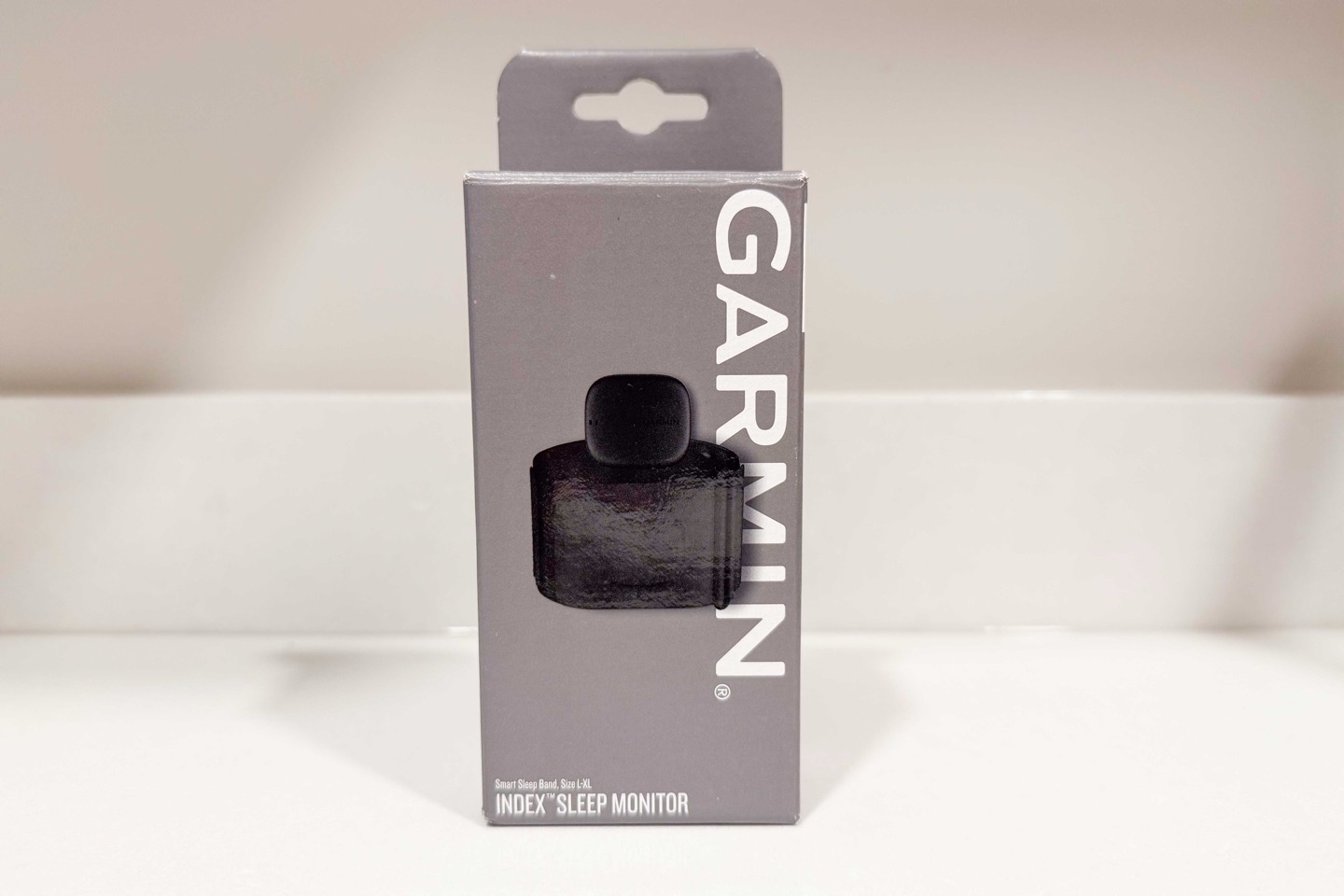
The Garmin Index Sleep monitor comes with three parts, albeit one of them is already combined into the strap for you. Inside, you’ll see the band (fabric thing), a standard Garmin charging cable, and then inside the band, there’s the pod.
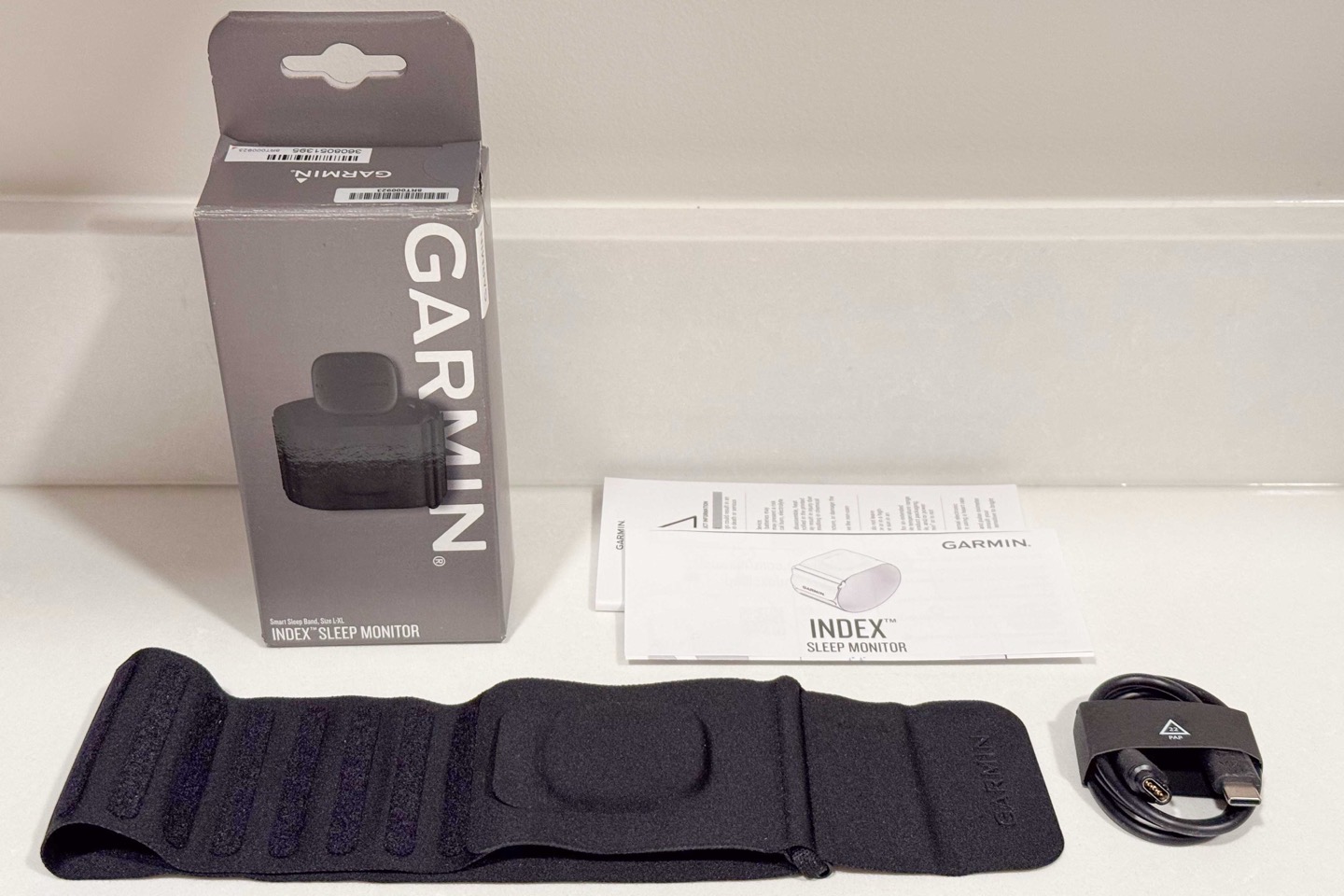
The strap comes in two different sizes: S-M, and L-XL. In my case, I had both straps, as you can buy the other strap as an accessory. Ultimately, I decided on my arms that the S-M size fit best, and went with that one. I could have made the L-XL one work, but I ended up with a fair bit of extra length flopping around.
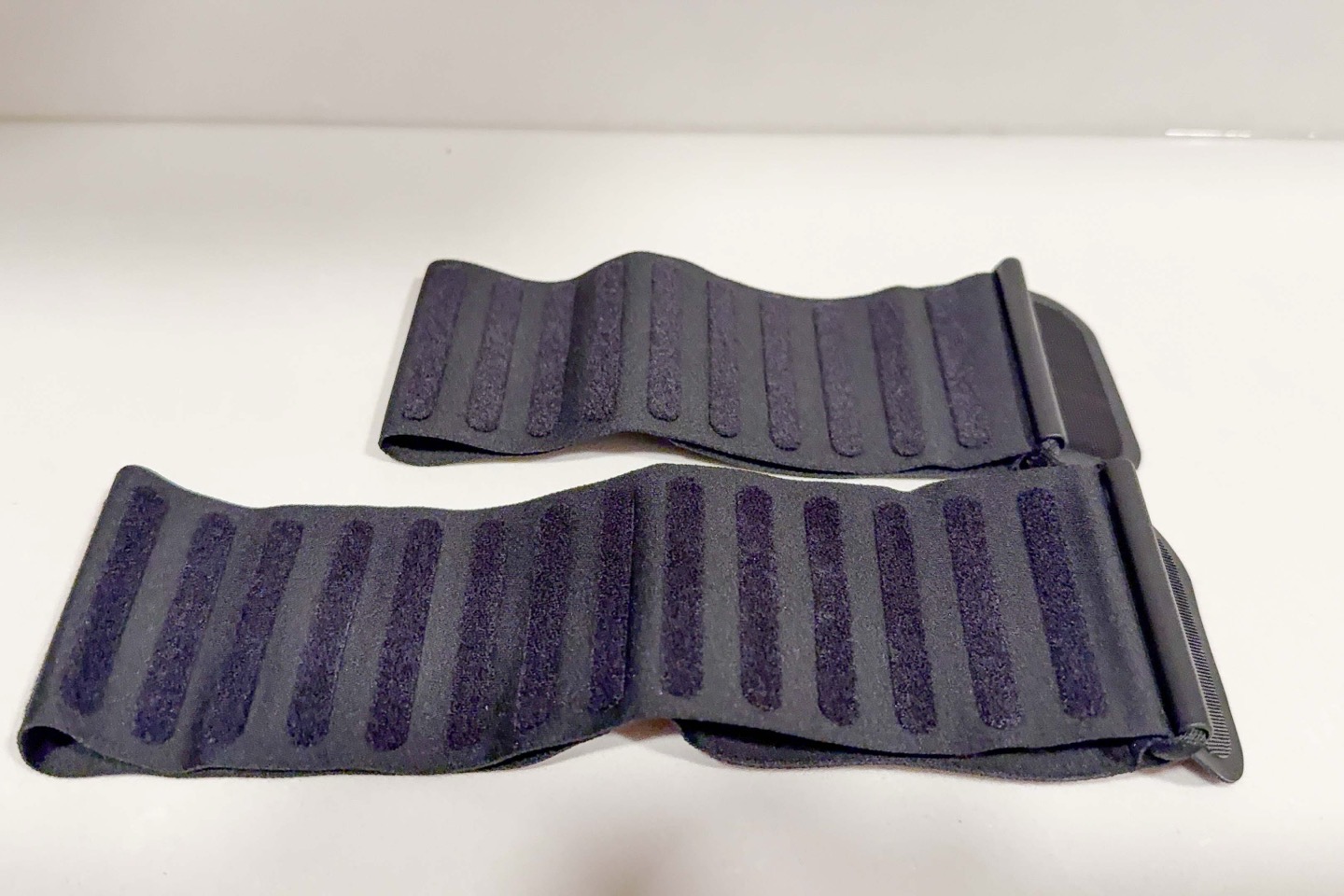
For size comparison, here it is next to a Whoop 5.0 device (the MG is the same size):
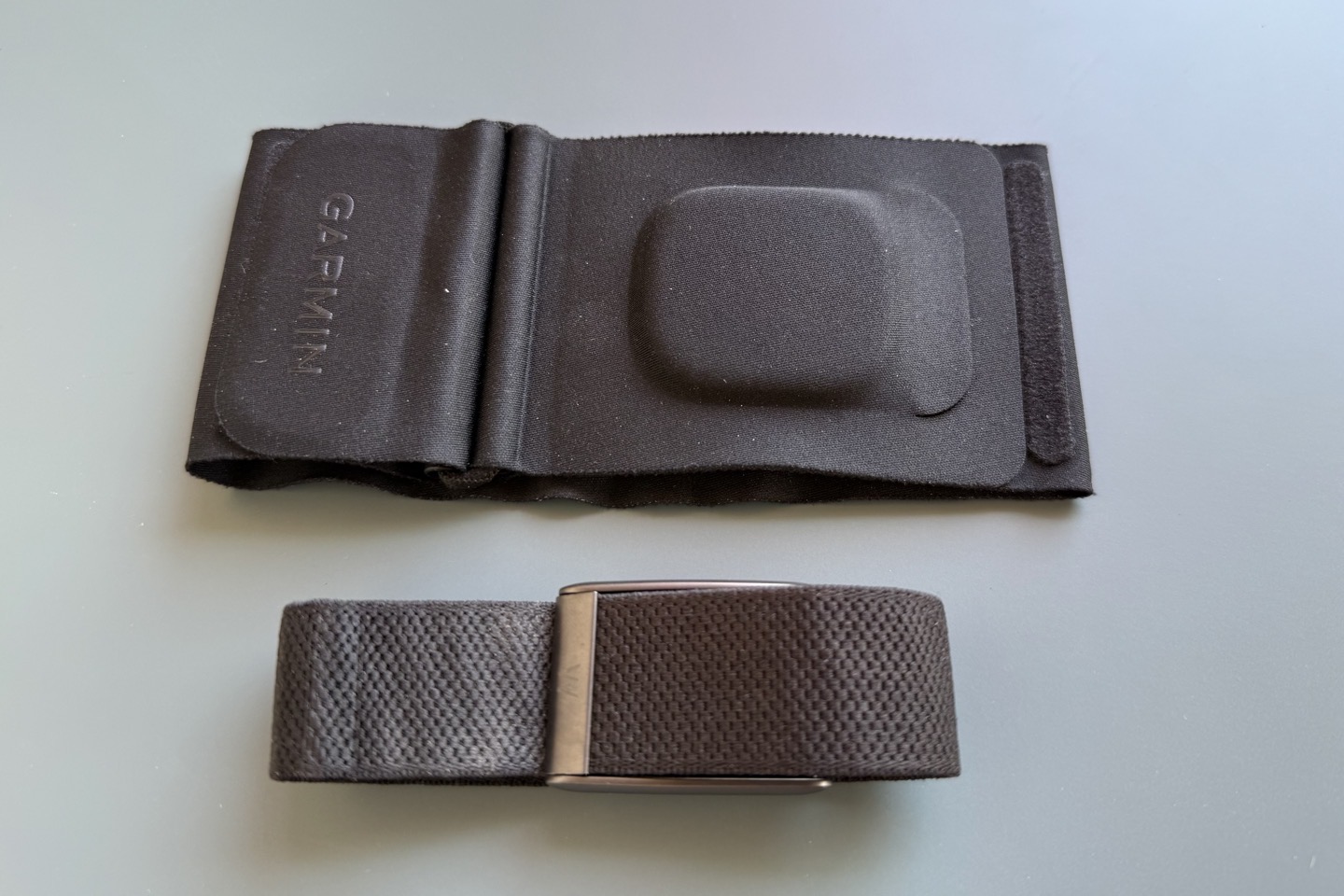
Just for context on the weight that we’re talking about here, let’s compare side-by-side with the Whoop 5.0 band (the MG band is identical in weight, fwiw):
AmazFit Hyrox band: 21g
Garmin Index Sleep band (S-M): 31g
Whoop 5.0/MG on regular wrist band: 29g
Whoop 5.0/MG on bicep band: 31g
As you can see, it’s crazy lightweight, and in range of others in this realm.
First up, it’s worthwhile noting that pod is removable, so you can swap bands as well as wash the band in the laundry machine. More importantly, though, the pod stays very nicely inside the band; there’s no chance of it accidentally falling out or such.

Next, there’s the band. At first glance (looking at Garmin marketing/promotion materials), you’d see the rather wide size (compared to something like a Whoop bicep band), and wonder: WTF is it so big for?!?
But what you quickly realize the instant you pick it up is just how insanely thin and lightweight it is. And more specifically, as someone who has worn a Whoop bicep band for roughly 5 years now (every single night), the difference is astonishing. By being rather wide (and super lightweight), it distributes that ‘snugness’ over a much wider area, as a result, you simply don’t realize it’s there. In fact, that’s actually a slight concern of Garmin’s, in that people might just leave in the morning with it still on their arm. In doing so, you’d burn a lot more battery (obviously). Additionally, removal of the band is a key signal to the band to initiate an immediate sync to the app.
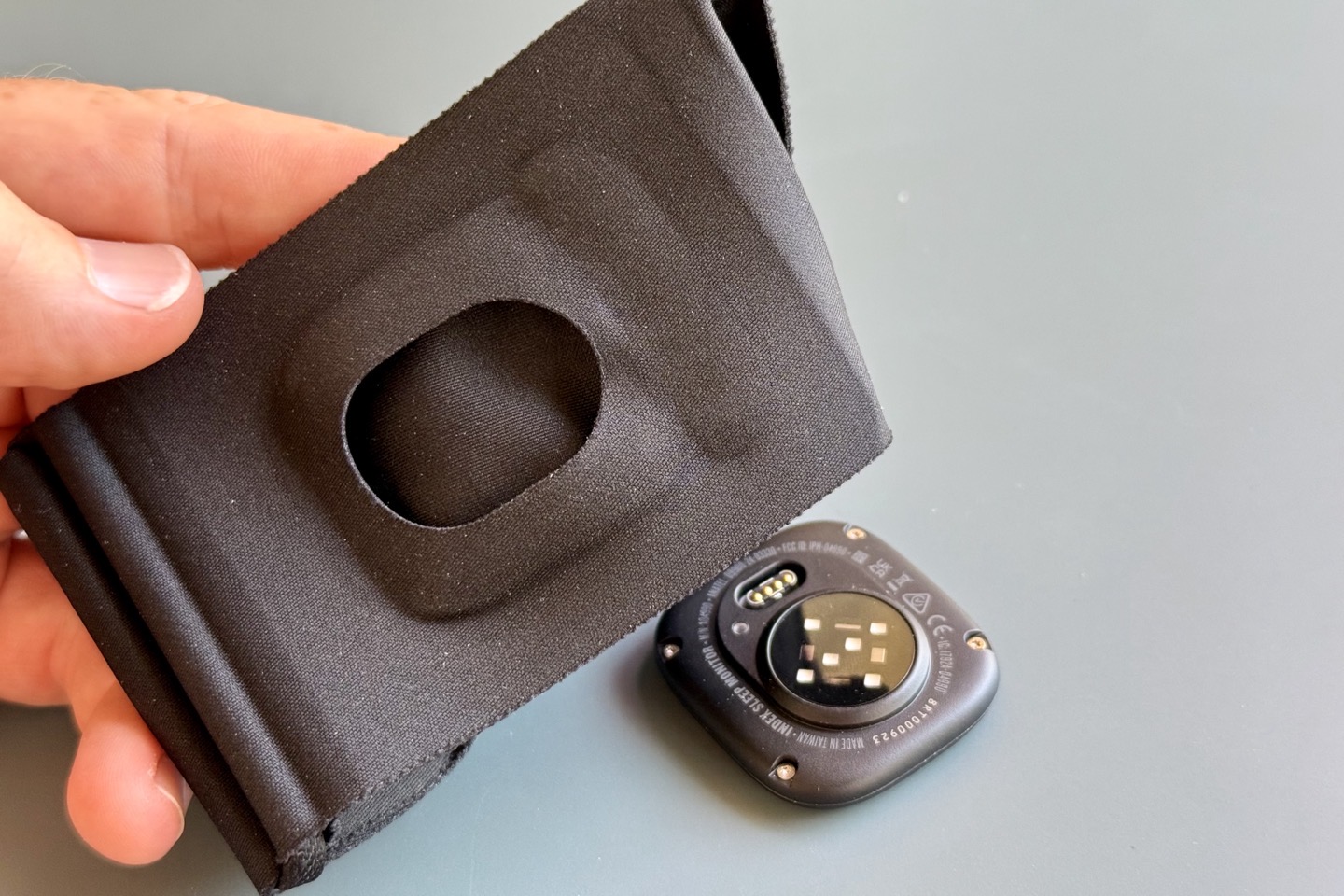
As for the material, as noted, it’s incredibly lightweight and soft feeling. Being a non-fashion-forward dude, I’m not up to date on the specifics of various clothing textiles. Specifically, the differences between silk and things that popular culture has deemed silky. However, as one who has done the laundry around our household occasionally, I noted that it basically felt like women’s underwear (my wife would probably argue I should do the laundry more often, then again, she probably would prefer I didn’t).
In any case, given Garmin’s press materials at the time didn’t actually specify what the material was, I enquired to Garmin about the exact material composition (including my comparison to women’s underwear). A few minutes later, I received clarification of the materials, for which I will include the exact quote here:
“70% Nylon, 30% Spandex, 0% women’s underwear”
See, who says Garmin execs don’t have a sense of humor?
But fear not, unnamed exec, my wife actually agrees. Without telling her about this exchange, I handed her the band and asked her what it felt like. Her response: Women’s underwear. See, we all agree! Oh, and she thought it felt pretty comfortable, too.
In any event, to adjust the sizing, you have this little tube thingy that you can use. Again, it’s astonishing how lightweight it is, you just never feel it (despite looking like something you’d ever much feel).
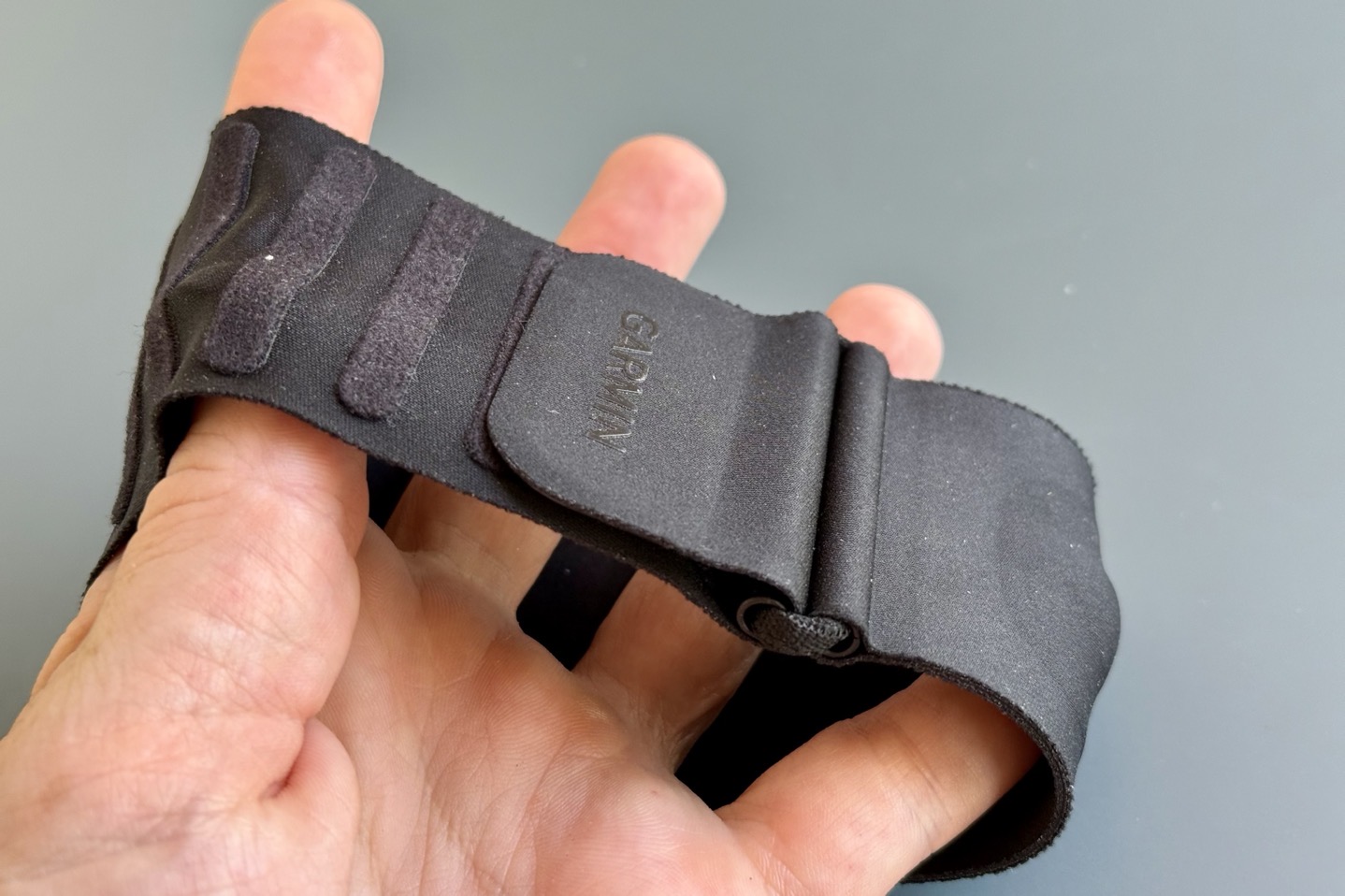
You can adjust the positioning of it to wherever it feels best for you. Garmin roughly recommends having the sensor facing outwards, but that’s purely for comfort reasons. Ultimately, you do you.
At this point, you’re ready to sleep. However, you can set an alarm if you want to. This can be either a specific-time static alarm, or, a smart alarm. In either case, you can create custom schedules for them too:
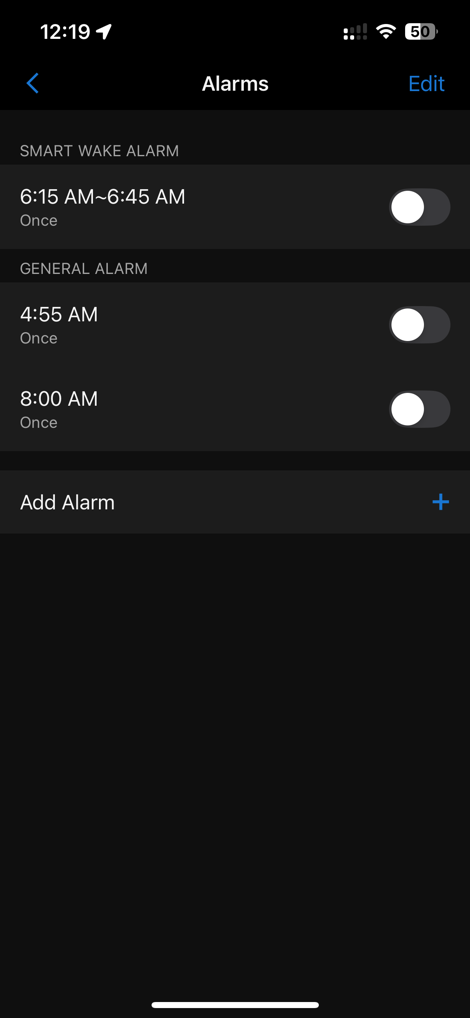


For smart alarms, they’ll work as they did on the Vivoactive 6 when it was released, which is that you’re effectively setting the “must wake-up by” time (e.g. 6:45AM), and then it’ll potentially wake you up anytime in the preceding 30 minutes (e.g. between 6:15AM and 6:45AM), depending on the most ideal sleep cycle. By picking the right sleep cycle to wake you up in, it’ll theoretically reduce your grogginess level.
Additionally, there are a few other settings and such you can poke at here in the Garmin Connect app, but by and large, it’s pretty minimal:
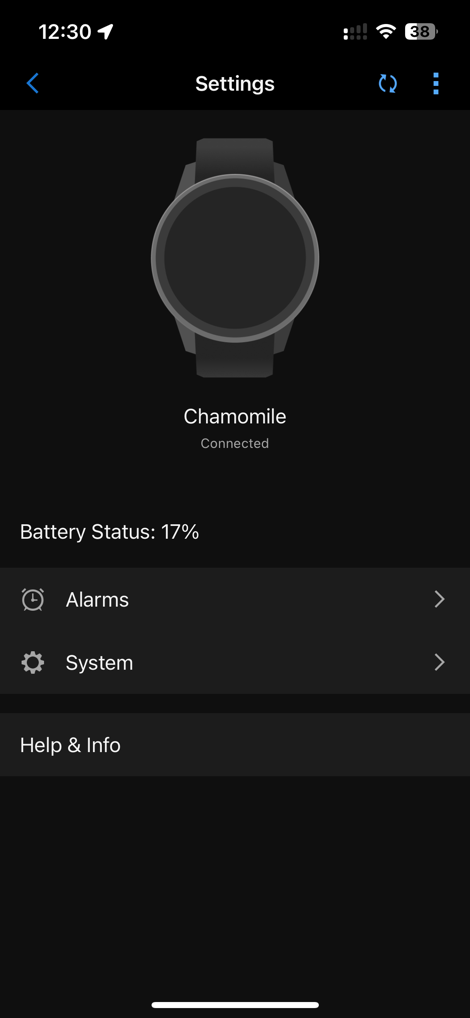
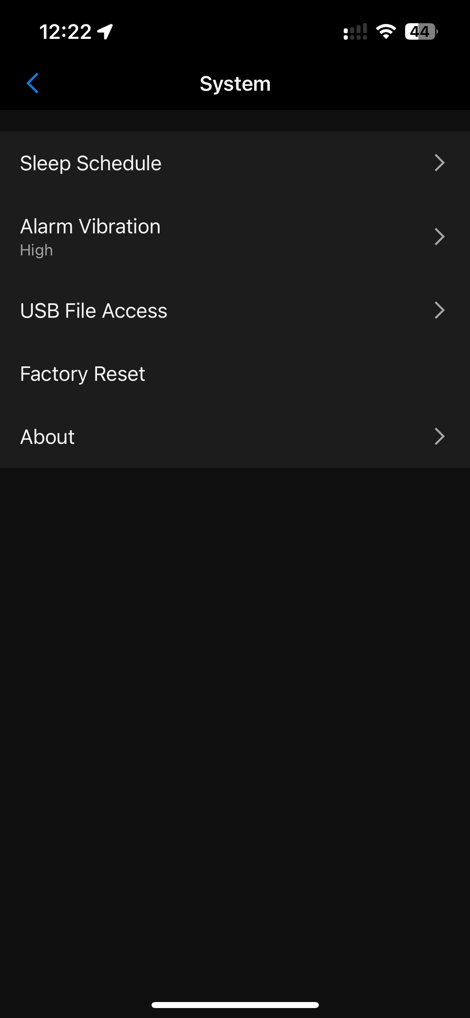
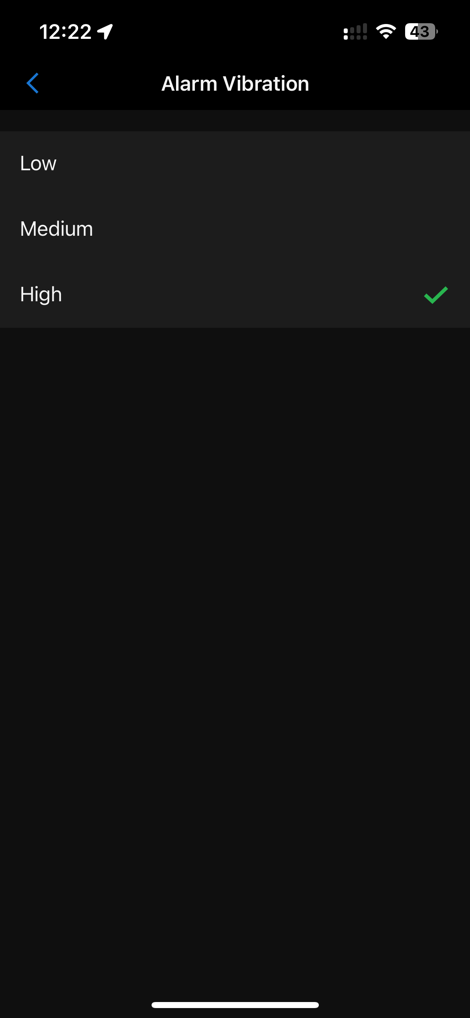
That said, over the past week I had a highly variable schedule (since I was traveling). One morning I was up at 6:55AM, the next at 4:55AM, then at 7:45AM, then back again to 4:55AM – setting a blend of manual and smart alarms for each. The thing is though, it’s kinda a pain in the ass to set these alarms, in terms of digging through the menus of the Garmin Connect app. Sure, if I had a repeatable alarm wake-up schedule, it wouldn’t be an issue (e.g. every weekday at 7:45AM), since it would just do it automatically.
But I’d love to see Garmin add an option on the Garmin Connect app that automatically shows some sort of alarm tile at the top of GCM (Garmin Connect Mobile) as you near bedtime, to allow quick-access to alarms. Otherwise, right now the software aspect kinda feels like a (substantial) afterthought. Admittedly, I’d probably use my phone’s alarms most of the time anyway (because of how fast they are to set). But since Garmin added the alarm feature, they are at least assuming people will use it.
In any case, at this point, you simply sleep,
Now, as morning nears, and if you have an alarm set, that alarm will vibrate to wake you up. I was able to use the vibrate alarms successfully to wake me on all my nights of sleep (including for a 4:55AM wake-up time before a departing international flight…on a mere 3.8hrs of sleep). Sure, I had backup alarms on my phone set, but it was indeed the Garmin Index band that woke me up initially.
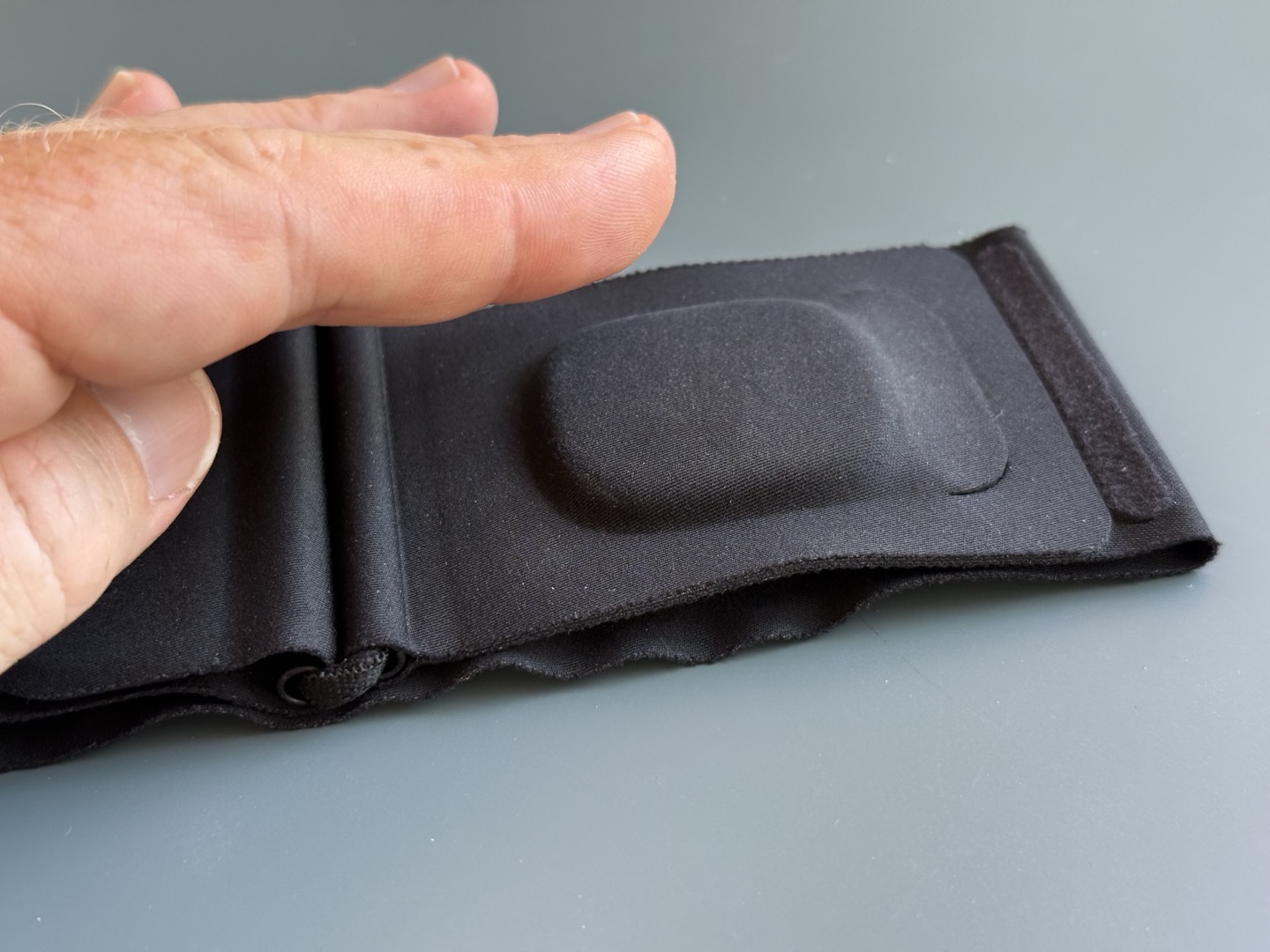
However, if you want to snooze, you can simply double-tap the band, and it’ll snooze for 10 minutes. Then, in 10 minutes, the process repeats again.
Unfortunately, though, I found that my sleep stats ended the moment I double-tapped to snooze. Meaning, if I set an alarm for 4:55AM, then double-tapped at 4:56AM to sleep for another 10 minutes (and trust me, I was hard asleep), my sleep would show as ending at 4:56AM, such as below:
Hit snooze at 6:45AM twice, to 7:05AM then kinda woke up, out of bed by 7:10AM
6:45AM (smart alarm was set for 6:15-6:45AM
7:09AM
7:04AM
7:09AM
In fact, that was the case for every single one of my nights’ sleep. No other wearable I was wearing at the time had a problem recognizing I went back to sleep. The Whoop MG, Apple Watch Ultra 2, Oura ring, and AmazFit band all correctly saw my snooze-time as being properly asleep.
Now interestingly, if I didn’t set an alarm on the device itself, then it properly tracked sleep throughout the entire sleep phase (including when I used snooze on my phone). Meaning, a bug exists that basically ends the sleep tracking phase upon using Sleep Index tap-snooze, rather than the physiological act of my body snoozing causing the issue. Here’s an example of two days ago, without any Index Sleep band alarm set (but with alarm set on my phone, which I snoozed):
~12:20AM to ~8:00AM
12:21AM to 7:56AM
12:18AM to 7:56AM
12:23AM to 8:03AM
12:18AM to 8:01AM
12:18AM to 8:02AM
As you can see, no issues here at all. This correct identification behavior matched other days as well.
Speaking of that sleep, here’s how it looks in Garmin Connect Mobile (the smartphone app, it’s also displayed on Garmin Connect desktop/web too):
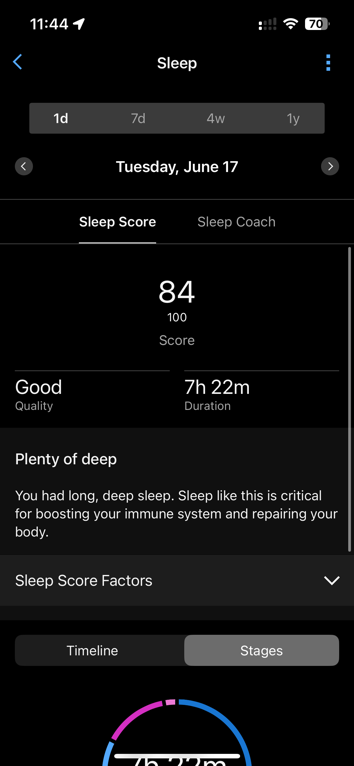
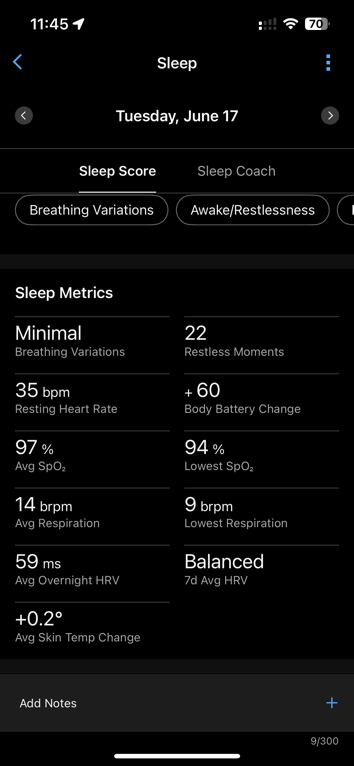
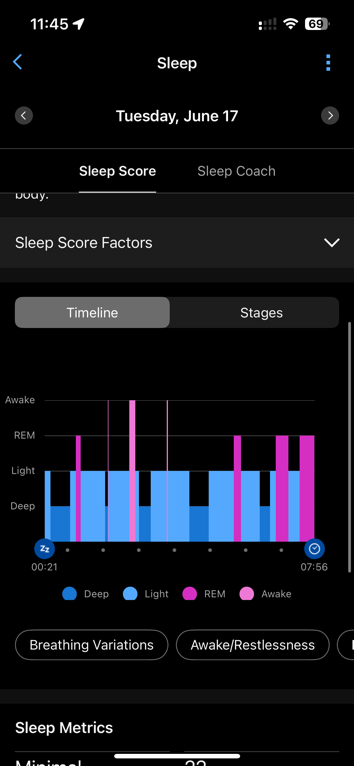

Furthermore, you can then see my sleep data properly pulled back into a watch a short time later (I didn’t wear this watch to bed, just the Index Sleep monitor):

Now, this piece can be a bit fiddly in scenarios where you quickly leave the bedroom (especially a hotel room). In Garmin’s marketing campaign video, they show someone placing their Index Sleep Monitor on their bedside nightstand upon waking up in the morning, with it magically syncing with the phone and watch near-instantly. But whether that “instantly” part happens is highly variable on whether or not the Garmin Connect app in the background has time to sync before you walk away from the sleep band.
On all my mornings at home, this happened without issue. It synced, and life was great. Our home isn’t super big, so in almost all areas of it inside, my phone and watch can typically talk to each other via Bluetooth through walls.
However, last week while traveling, things were a bit more variable with the hotel room. On other mornings, I left the hotel room quickly after waking up to grab coffee downstairs, with the Index Monitor on the bedside table. In this cases, it apparently hadn’t synced with my phone yet – leaving the watch I put on, now data-less. In all cases, the moment I opened up Garmin Connect Mobile on my phone back in the room, within a matter of a few seconds, things synced and life was happy.
Point being, if you’re in a place where your phone & Index Sleep monitor might not be able to talk to each other after you take the band off, just ensure the data is synced by opening up the Garmin Connect app on your phone for a few seconds, which basically kicks them along and near-instantly syncs.
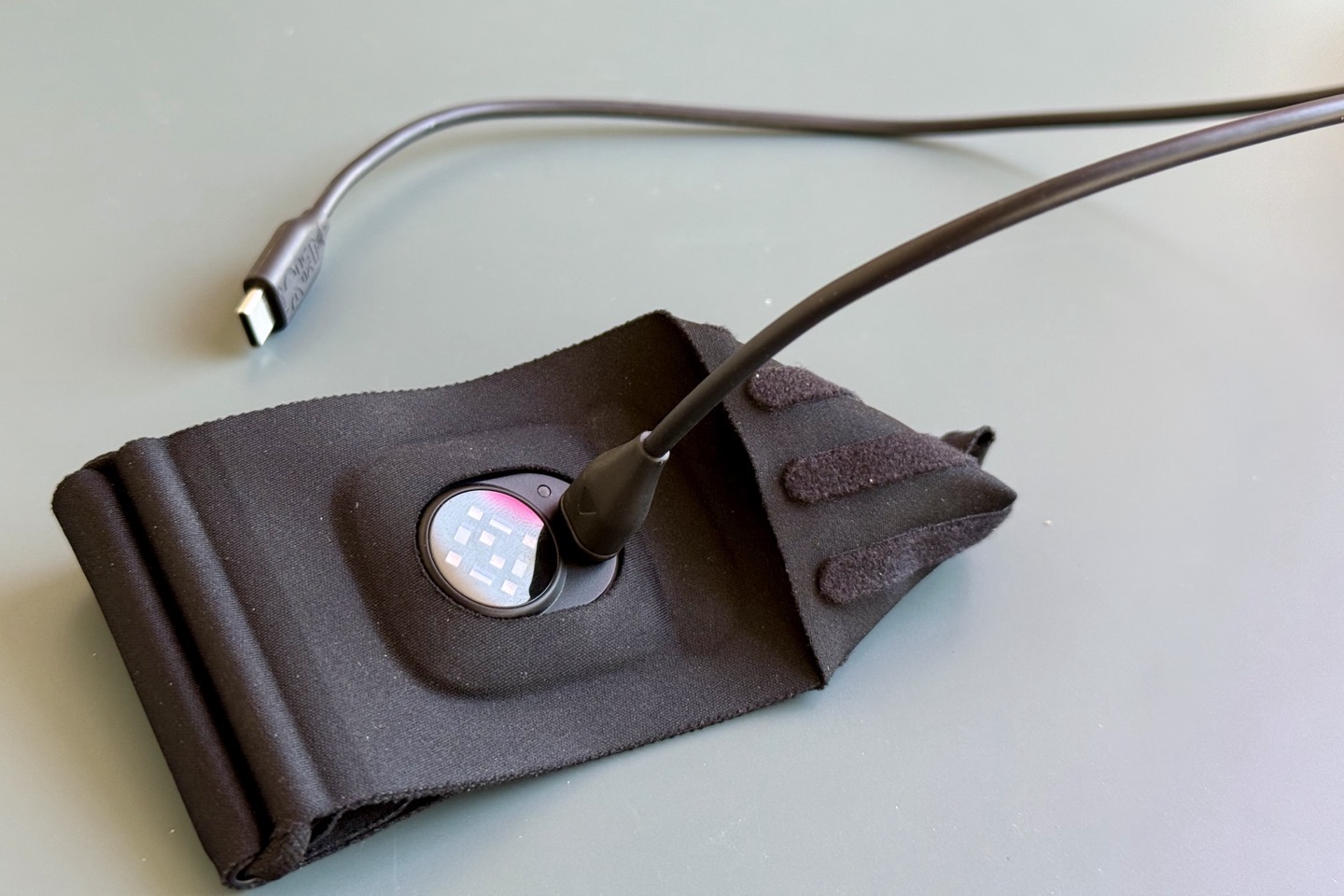
Finally, let’s talk about battery life. Garmin claims about 7 days of battery life on the sensor. My guess here is they’re assuming ~8-10 hours of sleep per night (meaning, being a bit conservative). Either way, all of my testing shows it’s trending a bit better than that. I’m seeing roughly 8-9 days of sleep data per charge, with typically 6- 8 hours of wear per day. Obviously, I don’t tend to get 8- 10 hours of sleep per night, so that might skew things too. Either way, their battery stats seem good.
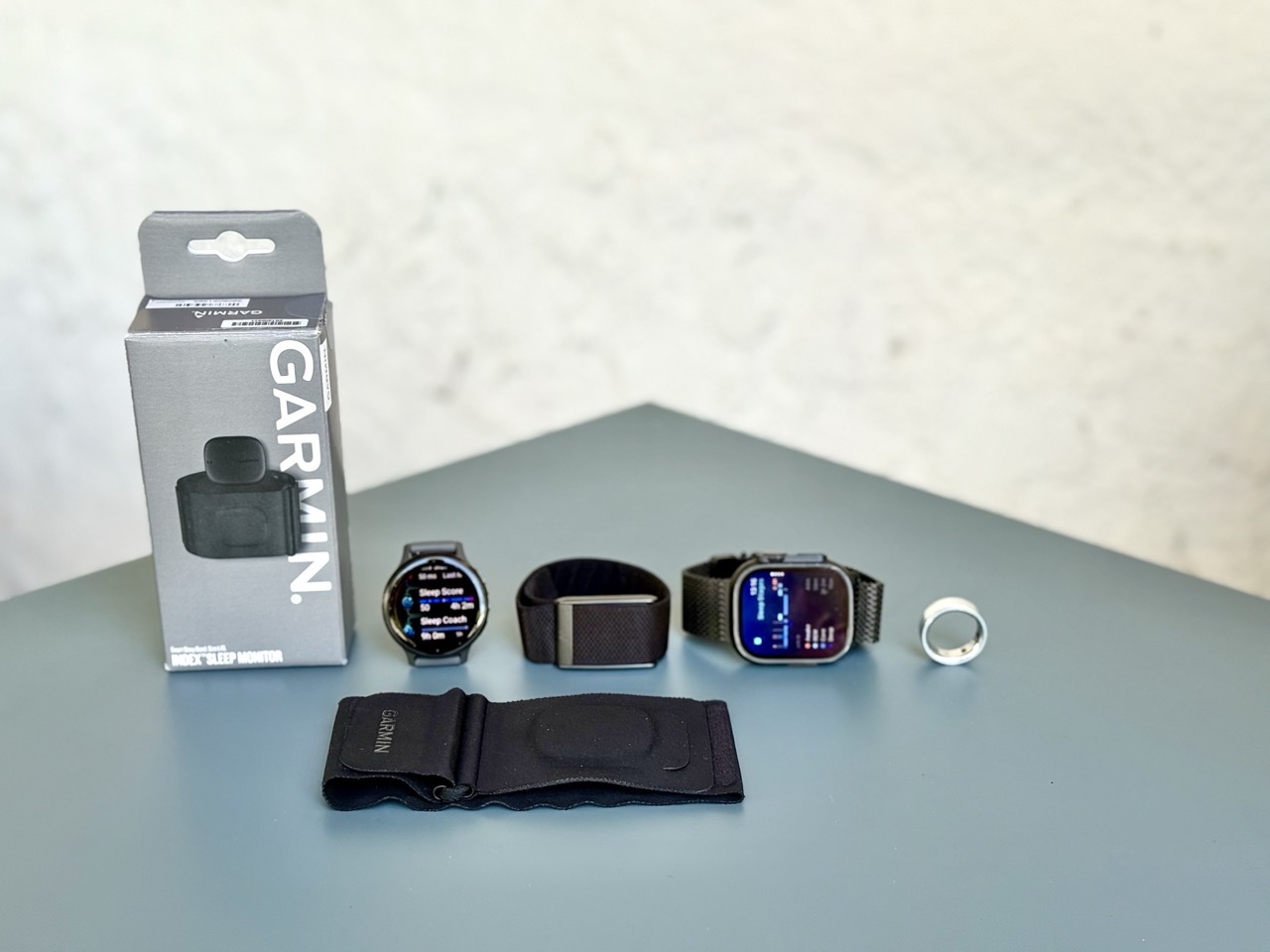
Now, I’ve already outlined a few different nights of data above, but here are a few more, with some other stats including comparisons against a Garmin watch at the same time. I’ll note that some of my nights over the past week have either been on an airplane over the Atlantic, or otherwise dorked up with stupid early morning events.
So let’s focus on a more simplistic night that has some logical data. To begin, here’s that data at a high level between the different wearables:
~12:20AM to 8:00AM
12:21AM to 7:56AM
12:18AM to 7:56AM
12:23AM to 8:03AM
12:18AM to 8:01AM
12:18AM to 8:02AM
But what if we dive a bit deeper into the Garmin vs Garmin comparisons. In this case, I had a Venu 3 on my wrist linked to an entirely different account (so things wouldn’t conflict. Here’s how they compared:

Most of these metrics are nearly identical. The only one that stood out to me was the Resting Heart Rate metric on this night seemed notably different – 35bpm vs 46bpm. The 35bpm seems a bit too low for me, so I went and checked every other night I also wore a Venu 3, and they were identical on all other nights. While matching Resting Heart Rate metrics to other companies can be messy (since there’s actually no standard on how exactly that is defined in terms of time length at a given value), the general consensus for these wearables for me is the mid-40’s.
Finally, one more night tidbit on comparative accuracy. Even on much less sleep, it didn’t have any issues tracking, and in fact easily tracked better than both Whoop & Oura. This morning, I was awakened by a small visitor, then said visitor was clanging around the rest of the house. I stayed in bed, attempting to go back to sleep, but only Garmin & Apple got that right. The others gave me an extra 30-40 minutes of sleep I very much wished I had:
Feel asleep ~2:30AM, woke up at 6:45AM
2:29AM to 6:45AM
Garmin Venu 3: 2:34AM to 6:45AM
Whoop MG: 2:30AM to 7:23AM
Oura Ring V3: 2:30AM to 7:27AM
Apple Watch Ultra 2: 2:36AM to 6:42AM
Anyways, point here is in terms of overall accuracy, the Garmin Index Sleep band is consistently consistent with not only other Garmin & 3rd party wearables, but more importantly, my actual sleep times. As I’ve said many times, it’s the sleep times that I care most about. Ultimately, in most cases, if you’re getting 8 hours of sleep (and staying asleep), life will usually work out just fine, no matter what the wearable says about your sleep phases/stages.

As I said at the beginning, this product won’t be for everyone. In fact, it’s almost entirely just for Garmin smartwatch owning people who don’t want to wear a watch to bed. Sure, there will be a handful of non-Garmin watch people that’ll use it to track sleep, akin to other sleep monitors, though I suspect that’ll be a small number. To that extent, regardless of which group one might be in, this product does a good job at doing what it says it does.
Even setting aside the software elements of it, I’m honestly just most impressed with the hardware aspects. The device is far better than the marketing materials make it seem. It’s super lightweight, incredibly comfortable, and with reasonably good battery life. Garmin noted they had minor concerns that people might forget they were wearing it, and simply go about their day. And I could totally see that, especially if you were in a hurry to get out the door. Point being, as is usually the case, Garmin tends to be strongest in their hardware, and that shows here as well.
Of course, it’s not cheap by any means. Though I’m not sure we’d have expected otherwise, it’s Garmin after all. There’s no subscription cost here, but then again, most sleep-only trackers don’t have a subscription cost unless they have some other feature/functionality (e.g. a mattress that somehow requires a subscription). There are really no features of Garmin Connect+ that would meaningfully leverage the Garmin Index Sleep Monitor as a standalone device (even the barely useful GC+ AI insights are almost entirely focused on activity data, not sleep data).
All of which then looks at the elephant in the room: Is the Index Sleep Monitor a precursor to Garmin making a direct 24×7 Whoop-like band competitor? I think the answer is, obviously. I don’t think that’s really a question. In all my conversations over the years, Garmin has consistently said they aren’t opposed to such a product down the road, but simply they had higher priority products to build. To me, the Index Sleep Monitor seems an awful lot like Garmin trialing some of these components/workflows. The bigger question is when, how much, and whether a subscription cost is involved? I suspect Polar’s announcement yesterday will play (heavily) into those decisions, especially given how strongly people seem to be in favor of what Polar is doing conceptually (sans-subscription).
In the meantime, if you’re looking to get sleep data into the Garmin platform without wearing a watch, this seems like a strong solution at a premium price.
With that, thanks for reading!
Hopefully, you found this post useful. The website is really a labor of love, so please consider becoming a DC RAINMAKER Supporter. This gets you an ad-free experience, and access to our (mostly) bi-monthly behind-the-scenes video series of “Shed Talkin’”.
Support DCRainMaker - Shop on Amazon
Otherwise, perhaps consider using the below link if shopping on Amazon. As an Amazon Associate, I earn from qualifying purchases. It doesn’t cost you anything extra, but your purchases help support this website a lot. It could simply be buying toilet paper, or this pizza oven we use and love.




